Enthusiastic, dedicated, and honest. Expertise in Charcoal and Logistics

Owning raw materials, thus, being proactive in producing charcoal at a stable quantity.

Exporting 60+ containers (40 feet) monthly from 3 largest warehouses across Vietnam.

Direct price from factories, through no intermediary.
PNP Charcoal, owned by PNP Global Supply, started our charcoal export journey in 2015. With a supply capacity of 2,000 tons per month, PNP offers a diverse range of high-quality charcoal as a leading Natural Charcoal supplier in Vietnam. We have made our mark across Asia, Oceania, Europe, and America: Taiwan, Hong Kong, China, Canada, New Zealand, Australia, Korea, Japan, the Middle East, and Germany.
The quality of our products is based on premium raw materials. With our FSC®-certified legal wood plants and test reports from Vinacontrol, we can guarantee customers a reliable and sustainable charcoal supply. Plus, our professional in-house Logistics team can ensure cost-effective and on-time delivery.
Trust us for all of your Natural Charcoal needs!
During the past 8 years, we have optimized the production process and professional QC-QA control team to ensure the charcoal export standard.
Certificate of FSC®
We are the leading Charcoal manufacturer in Viet Nam that have the FSC® certificate. All of our charcoal products come from legal sources.
Certificate of Vinacontrol
Products are thoroughly tested for quality, meeting national export standards with Vinacontrol certification.

